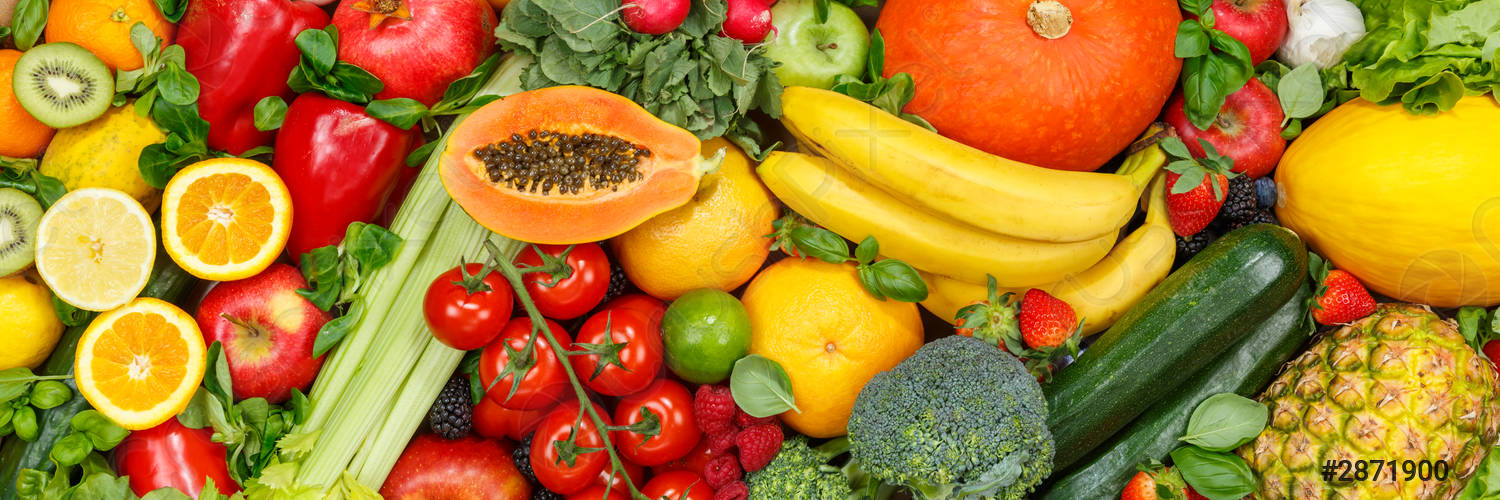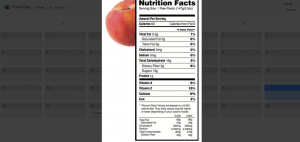This week, I finished the final project presentation and watched everyone else’s presentations. For our project, I also worked on attaching the mechanism to the fridge, and training a new network based on the data Samuel collected. The new network still seems to be struggling (as the last one we tried did) on the custom data we collected with a validation accuracy of 30%. If we aren’t able to figure out the bug, we will just fall back on our old network which seems to be working well.
As well as attaching the mechanism to the fridge, I got the system to auto-boot on power up and to be accessible over SSH remotely if we need to access it over the CMU-device network.
Next week, I want to work with Oliver to finish off push notifications for expiring items, as well as recipe recommendations on the front end. This should not be too hard with the existing infrastructure I already have in place. We will also work on finishing up the poster tomorrow and then film the final video. There’s a fair bit of wrap-up work to do but overall we are in great shape!



